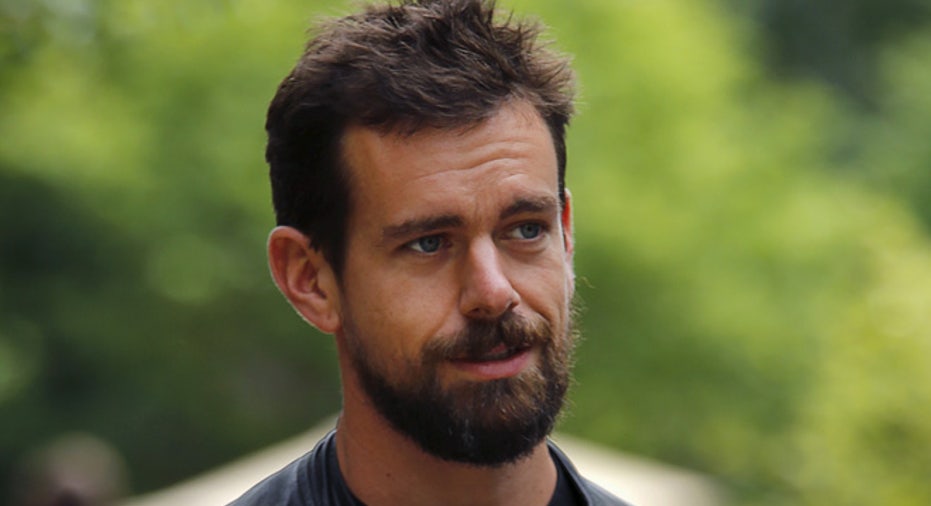Why Twitter Should Fire Jack Dorsey

Once viewed as a promising Facebook competitor, Twitter’s wings have been clipped. Revenue and user growth have permanently stalled, and so has CEO Jack Dorsey’s year-old turnaround effort. Tweaks to the product, the business model and the leadership team have had nominal impact.
That leaves the company in an odd dilemma. Since neither Dorsey nor former CEO Dick Costolo were able to figure out what Twitter wants to be when it grows up, as I see it, its days as a standalone company appear to be numbered. Unfortunately, Twitter is far too expensive to be acquired in its present state.
As a real-time news source, the San Francisco-based company is definitely worth something to a Facebook or a Microsoft, but not enough to pony up $15 billion or so. That’s simply way too much for a company that has yet to determine what it is and how it’s going to make money.
If Dorsey can somehow manage to engage mainstream users, reignite growth and find a path to profitability, the social media site could be worth a lot more. If he doesn’t, it’s definitely worth a lot less. Today Twitter sits in a sort of no-man’s land. Smart suitors will simply wait and see how things turn out.
As I see it, the board of directors, now led by executive chairman and internet veteran Omid Kordestani, has three options:
Stay the course.
Twitter’s monthly active users (MAUs) grew a paltry 10% from 283 to 313 million over the past two years. Facebook’s MAUs swelled more than 25% from 1.35 to 1.7 billion over the same period. In terms of engagement, users spend hours a day on Facebook, compared to minutes on Twitter.
A relatively small number of core users – mostly celebrities and the media – love the platform, but most people have no use for it. The additions of Moments, Periscope and GIFs, the promotion of select tweets, and the promise to break the 140-character limit have not helped to bring in new users or improve retention.
Meanwhile, growth has stalled, with the company losing $409 million on sales of $2.5 billion over the past four quarters. Google and Facebook continue to dominate digital advertising with 30% and 12% global market share, respectively, leaving Twitter in the dust at 1.4%. And equity-based compensation is a whopping 30% of revenue, nearly twice that of competitors Facebook and LinkedIn.
Technically speaking, Twitter is what we in the management consulting business call a hot mess. Clearly, staying the course with part-time CEO Dorsey (he also runs mobile payment provider Square) is not the answer.
Clean up the mess and sell.
Microsoft’s planned $26.2 billion acquisition of LinkedIn reignited speculation of someone acquiring Twitter. While there’s no shortage of names being thrown around, nobody has come to the table. It’s comforting to know that, even with sky-high valuations and mountains of cash, tech CEOs still have a little common sense.
Twitter’s board is reportedly considering layoffs to bring expenses in line with reduced revenue expectations, the idea being to clean up the mess and dress up the company for sale. The question is, what to cut? Dorsey already slashed 8% of the workforce last year so I’m not sure how much excess weight is left to lose. Maybe he can negotiate his way out from under some of that equity-based compensation expense, but I doubt it.
Ironically, improved fundamentals will likely send the stock up higher, making Twitter an even less attractive takeover target. I can think of several companies that would love to have Twitter’s real-time news feed … after they get the product right, that is. I like this option even less than sticking with Dorsey.
Find a real turnaround CEO.
Rumor has it that the board is willing to give Dorsey a few more quarters, but in all likelihood, the co-founder will turn out to have been a lousy choice to succeed Costolo as CEO. Not as disastrous as Jerry Yang at Yahoo or Leo Apotheker at HP, mind you, but those are tough acts to beat (not that Marissa Mayer and Meg Whitman haven’t tried).
Turnaround CEOs are hard to find, which explains why successful turnarounds are rare events. For every Lou Gerstner, Steve Jobs or Mark Hurd, there are dozens of flops. Still, they do exist and it can be done. I’m not sure if Kordestani is the right guy or if he’d even consider it, but it’s worth a shot. Wonder if former Skype CEO Tony Bates is ready to give up on GoPro yet? Guess there’s always Ross Levinsohn.
In any case, finding someone willing and able to take on the challenge is, in my view, the best option by a long shot. It’s either that or a Yahoo-style race to the bottom. Look out below.



















